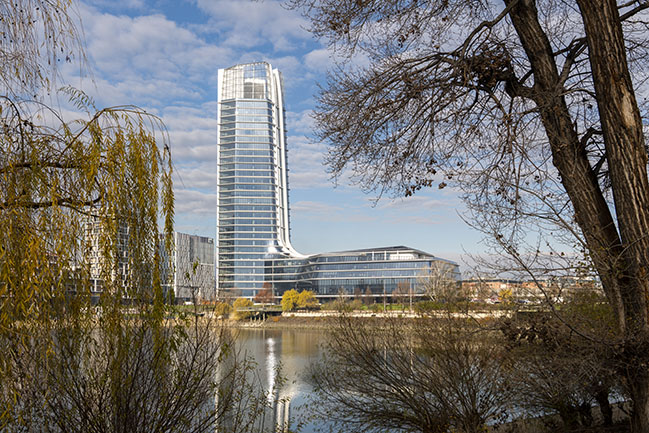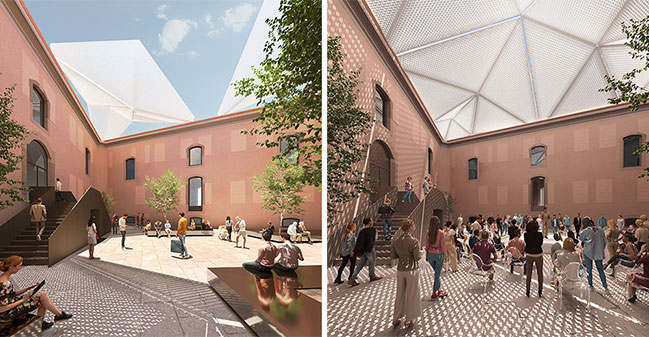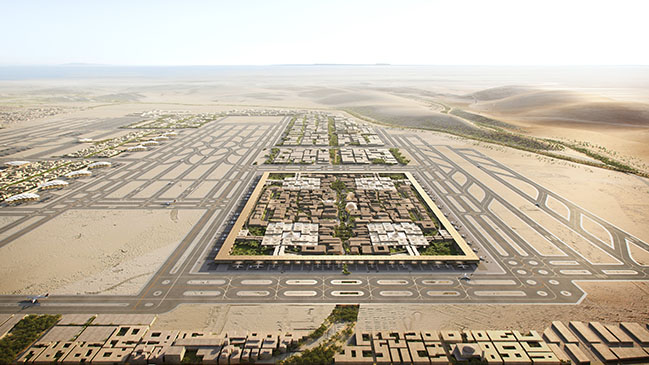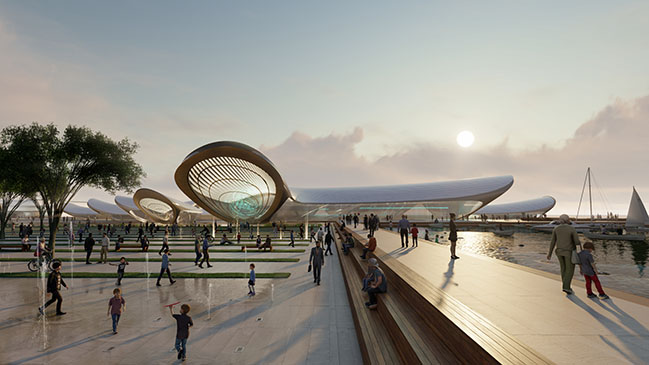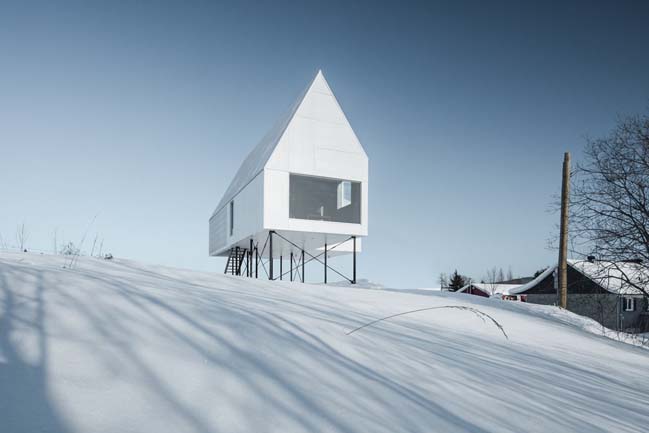12 / 27
2022
International design and innovation office CRA-Carlo Ratti Associati, together with architect Italo Rota and urbanist Richard Burdett, is unveiling the master plan for Rome's bid to host the World Expo in 2030...
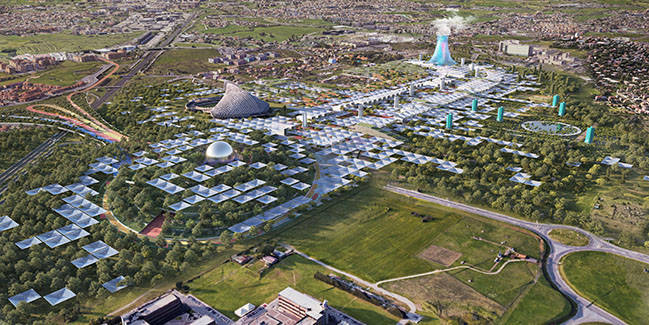
> Solar Coffee Garden by Carlo Ratti Associati
> Farmscraper by CRA-Carlo Ratti Associati - Tall Building Design Meets Urban Farming
From the architect: The project uses renewable energy as the basis for a 21st-century urban commons, with every country contributing to a solar farm that would power the exhibition site and decarbonize the surrounding neighborhoods. All pavilions in the Italian capital - including the revamped “Vele” complex by Santiago Calatrava - are designed to be fully reusable, turning the area into an innovation district after the event.
Expo 2030 Roma will take place in Tor Vergata, a vast area in the municipality of Rome that is home to the eponymous university – one of the leading academic hubs in Italy – as well as a densely inhabited residential district. However, the neighborhood has gone through a phase of neglect in recent decades. The master plan aims to reverse that process through sustainable, long-term development. After the 2030 World Expo, all the event pavilions will be used for different functions, giving shape to a new innovation district in the Italian capital. The master plan was developed with several partners, including ARUP for sustainability, infrastructure, and costing, LAND for landscape design, and Systematica for mobility strategy.
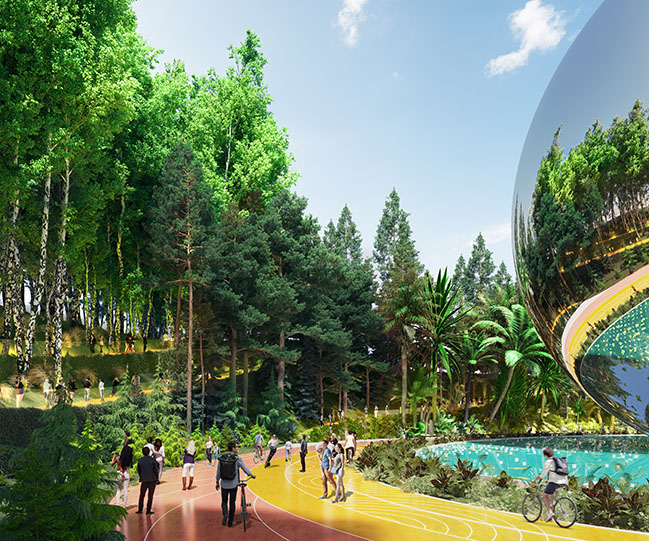
The master plan’s vision of the Expo Solar Park ensures that the event will not only reinvigorate the neighborhood, but help decarbonize it. The solar farm in Rome covers an area of 150,000 square meters and boasts a production capacity of 36 megawatt-peak, making it the largest urban, publicly accessible solar farm in the world. It is composed of hundreds of unique “energy trees” that open and close their panels throughout the day, harvesting energy while also offering visitors ample shade. From above, this infrastructure gives the entire Expo site a signature mosaic look. This complex energy grid is complemented by the “Eco-system 0.0” pavilion, the tallest building of the Expo, which provides cooling through evaporation.
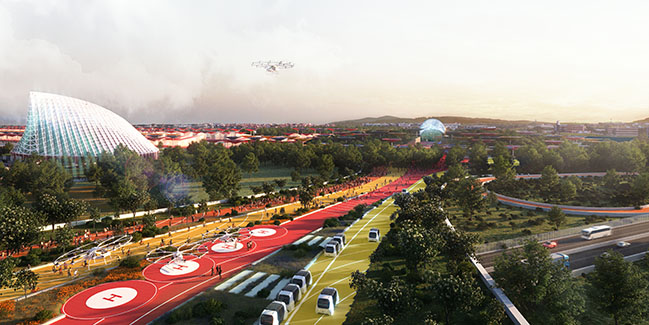
“Expo 2030 Roma aims to break new ground for World’s Fairs and other large-scale events,” says Carlo Ratti, founding partner of CRA and director of the MIT Senseable City Lab. “Our master plan experiments with collective city-making processes, new energy-sharing strategies, and inclusive urban transformations that go well beyond the temporal and spatial confines of the event.”
“We conceived this project like a feasible utopia – one that aims to be a catalyst for new projects and ideas. The main driver behind this goal is to let natural ecosystems and technological inventions work in sync, just like human and natural energy would make each other more intense,” architect Italo Rota says. “This new approach to temporary events could become the foundation of a new model for urban development.”
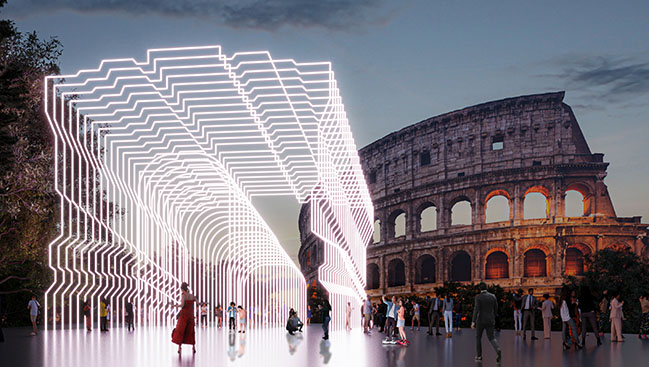
The master plan divides the Expo 2030 Roma site into three main areas – the City, the Boulevard, and the Park, in a west-to-east layout between the artificial world and the natural world that must exist in harmony if we are to be successful at combating climate change. The layout is characterized by a gradual transition from urban to natural as one moves from west to the east. The City in the West functions as the Expo Village, and will become an extension of the University of Tor Vergata’s campus after the event. The Boulevard, the central pedestrian axis, is a pathway through all of the national pavilions. Finally, the Park in the east is covered with lush vegetation and accentuated by thematic buildings, including “Pale Blue Dot,” a pavilion dedicated to disseminating knowledge about the natural world.
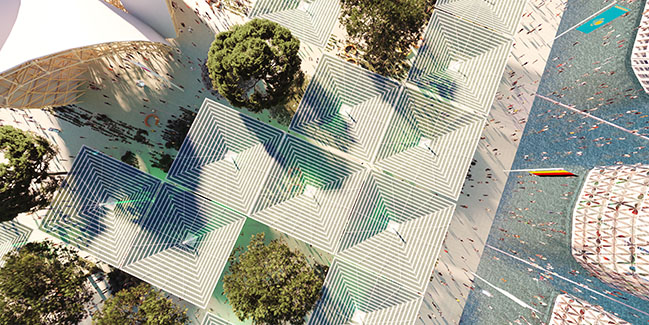
Expo 2030 Roma’s commitment to neighborhood revitalization is exemplified by the repurposing of a massive sports complex designed by Spanish architect Santiago Calatrava. Abandoned for 15 years, the structure, locally known as “Le Vele”, is to become one of the flagship pavilions of Expo 2030 Roma, hosting public events and showcasing the transformation of Tor Vergata. Next to it, the main entrance of the exhibition site serves as the primary access point with a set of new transportation and mobility connections. Among them, a long green corridor links Expo 2030 Roma to the adjacent archeological sites on the Appian Way and Rome’s other historical buildings and monuments.
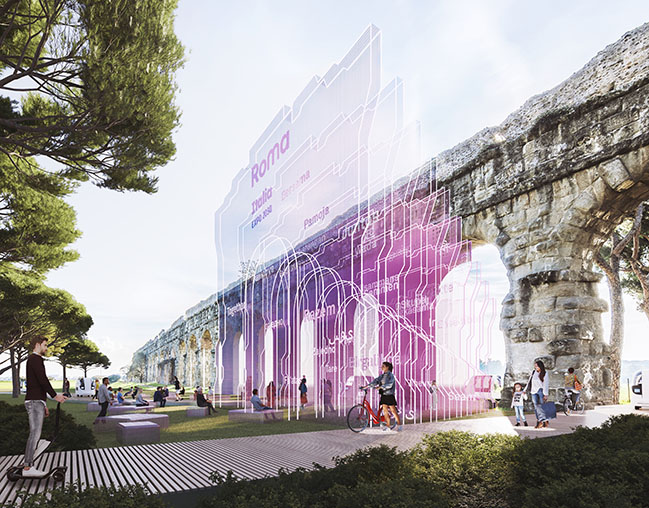
CRA has extensive experience designing and building at World Expos. It designed the Future Food District for Expo 2015 Milano. Afterwards, it released the master plan for MIND-Milan Innovation District on the former Expo site, currently being implemented by the developer Lendlease. The office then worked with Italo Rota, Matteo Gatto, and F&M Ingegneria to build the national Pavilion of Italy at Expo 2020 Dubai, which utilized recycled and reusable materials, from plastic to orange peels and coffee grounds, to create fully circular buildings. The Italian Pavilion was one of the most visited in Dubai (by 1.6 million people) and won Exhibitor Magazine’s Expo Award 2022, among other prizes.
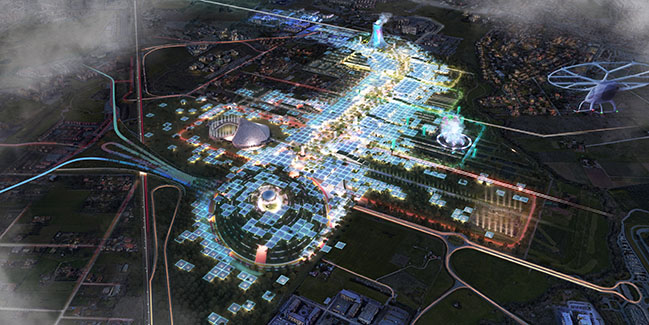
Headed by Committee President Giampiero Massolo, Expo 2030 Roma was conceived under the theme “People and Territories, Together: Urban Regeneration, Inclusion and Innovation.” The city of Rome submitted its proposal to the Bureau International des Expositions (BIE) on September 7th, 2022. The host city will be decided based on a vote participated by the 170 BIE member states, which is expected to take place in November 2023.
MASTERPLAN, INFRASTRUCTURE AND SUSTAINABILITY
CRA-Carlo Ratti Associati with the collaboration of Italo Rota and Richard Burdett
CRA team: Carlo Ratti, Antonio Atripaldi, Chiara Borghi, Mario Daudo, Erze Dinarama, Aurora Maggio, Bartol Oremovic, Marie Petrault, Andre Zanolla, Gary di Silvio, Pasquale Milieri, Gianluca Zimbardi
SUSTAINABILITY, INFRASTRUCTURE AND COSTING
ARUP: Alejandro Gutierrez, Stefano Recalcati, Sara Lodrini, Paolo Cresci, Pasquale Capizzi, Riccardo Capperucci, Tecla Caroli, Chiara Fraticelli, Ian Carradice, Anna Stewart, Aliaa Youssef, Elisabetta Annoni, Michael Peasland, Emanuela Pettinari, Romano Bignozzi, Giuseppe Nicoletti, Aurora Migliarini, Antonio Sposetti
LANDSCAPE DESIGN
LAND: Andreas Kipar, Matteo Pedaso, Martina Erba, Marco Bonanno, Ilaria Giubellino
MOBILITY STRATEGY
SYSTEMATICA: Diego Deponte, Tiffanie Yamashita, Benedetta Fagioli, Dante Presicce
ROME CANDIDACY COMMITTEE FOR EXPO 2030
President: Giampiero Massolo
Director General: Giuseppe Scognamiglio
Dossier Document Editor-in-chief and Technical Director: Matteo Gatto
Head of Communications: and Partnerships Livio Vanghetti
Editorial Team: Francesca Dal Puglia, Daniela D’Amico, Cristina Hanabergh, Nicholas Hunt,Lorenzo Lantieri, Giulia Rossano
Communications Team: Roberto Benini, Mario De Facqz, Beatrice Guerra, Andrea Lamberti Zanardi, Fosca Nomis, Cecilia Risi, Lucia Ritrovato
Organisational Secreteriat: Ejona Lamce, Silvia Carocci
The World's Largest Urban Solar Farm by CRA-Carlo Ratti Associati, Italo Rota and Richard Burdett
12 / 27 / 2022 International design and innovation office CRA-Carlo Ratti Associati, together with architect Italo Rota and urbanist Richard Burdett, is unveiling the master plan for Rome's bid to host the World Expo in 2030...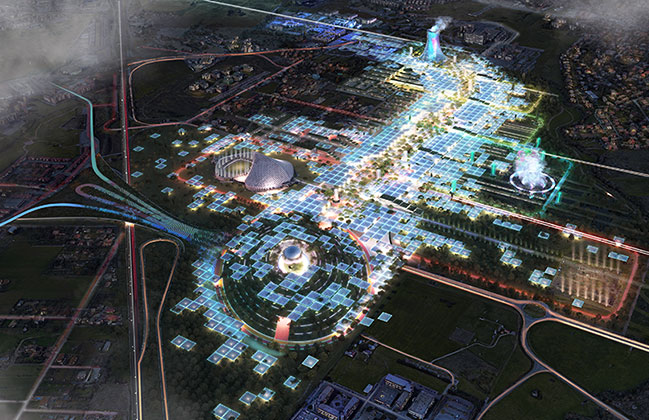
You might also like:
Recommended post: High House by Delordinaire

